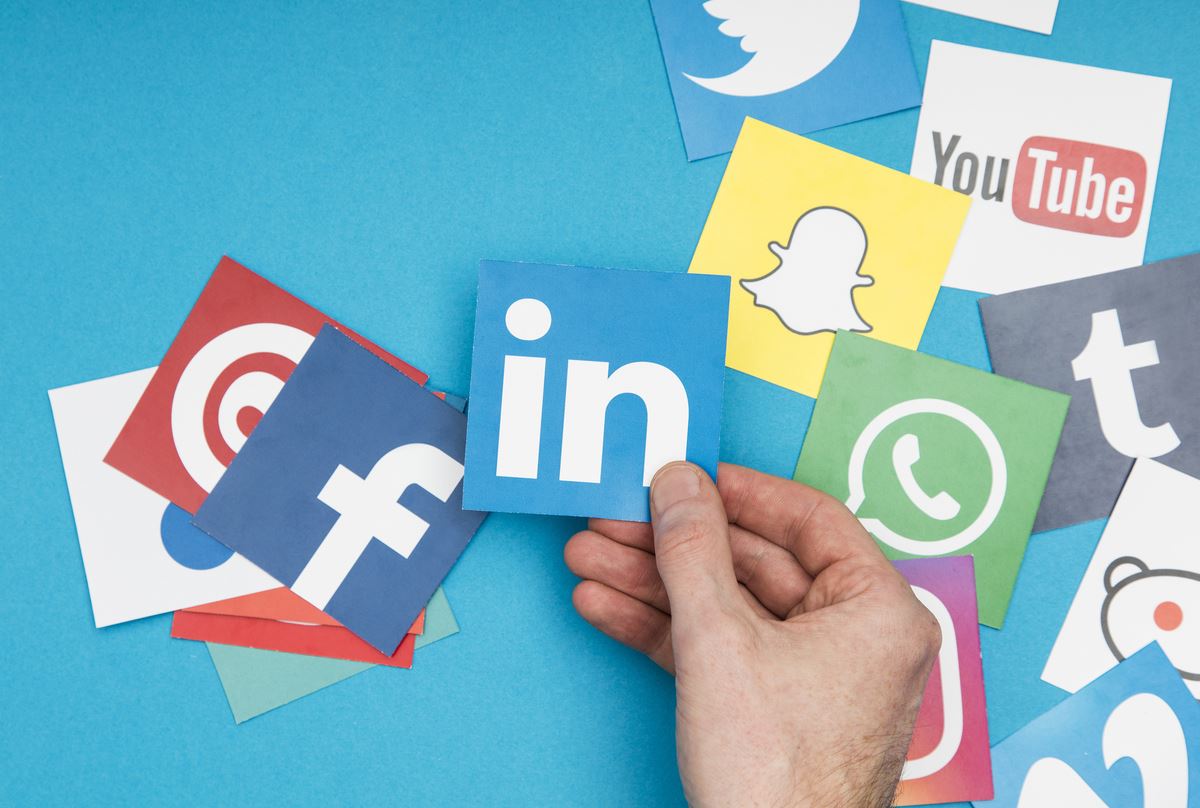Is LinkedIn Ruining LinkedIn? What B2B Marketers Should Know
Most business-to-business marketers focus their social media activity on LinkedIn. There’s simply no comparable social network for business. It’s the primary venue for prospecting, job postings, job searches, referrals, and marketing. Everyone’s on it and most users check it regularly, some constantly.
LinkedIn recently revamped its user interface and its algorithms that determine what shows up in users’ newsfeeds. The company also added some powerful new marketing features, like website retargeting, email contact targeting, and account targeting, as this recent post by my friends at Skoda Minotti Strategic Marketing explains.
If content marketing is critical to your B2B marketing strategy, LinkedIn is now an even more powerful channel.
But not all the changes at LinkedIn are positive from a user experience perspective. As a very engaged LinkedIn user and a marketing consultant who advises B2B marketers on using LinkedIn in a marketing strategy, I’m finding that the cons are starting to outweigh the pros.
In fact, I think a good case could be made that LinkedIn is on the verge of ruining LinkedIn.
Here’s what’s changed and the potential implications I see for B2B marketers.
5 Changes to LinkedIn that Could Reduce its Value to B2B Marketers
Here are five recent major changes that have reduced LinkedIn’s value to users like me and perhaps to marketers:
- Eliminating notification of contacts’ new connections: Social media is about connecting people. What I used to love most about LinkedIn was finding out what my connections were up to: What they were doing and especially who they were connecting with. This was especially valuable information to have about my clients and competitors. But no longer: The new algorithm deleted this feature from my newsfeed. According to LinkedIn Customer Support, “the new connection update is no longer a priority update.” Maybe not for them, but it was for me and a lot of people like me. I now visit the site much less often.
- Too many sponsored posts: Sponsored posts on LinkedIn are a dream come true for marketers: You can target content by job title, function, company size, industry, geography, and more. But if your LinkedIn newsfeed is like mine, you’re now seeing so many sponsored posts that brands seem to be everywhere. The volume is starting to diminish the value of a sponsored post.
- Too much content: By encouraging and showcasing content, there may actually now be too much content on LinkedIn. Maybe it’s because I have a lot of contacts who are actively posting, but LinkedIn is beginning to blur into a giant content mishmash. This makes it harder for high-quality content to stand out.
- Too many likes, not enough news: I’m tired of seeing all the things my contacts like, most of which have no relevance to me, and too little actual news about what my contacts are doing. LinkedIn should create a second, supplemental newsfeed, like Facebook did, to move some of this irrelevant like and comment traffic aside and give more prominence to real news about people.
- A terrible font size: Last but not least, the new font size on LinkedIn is very small. It’s now much harder to skim on a PC screen, which is how most business decision-makers still use it every day. This leads to reduced user engagement.
Still the 800 lb. Gorilla for B2B Social Media – But are these Worrisome Signs?
Make no mistake: There’s still nothing that can top LinkedIn for B2B social media marketing. I’m still on it and I’m still recommending it when I’m creating a B2B content marketing plan.
But the recent changes at LinkedIn have me worried that the balance is starting to tip too far toward selling and less toward the people-to-people connections that made LinkedIn great in the first place. I’m spending less time on the site and finding the time I do spend to be less valuable. Based on the comments I’m seeing on the new user interface, many other users are unhappy with the changes.
Is it just me? Or might enough other people feel this way that LinkedIn’s marketing value could begin to slip?
What do you think? Is LinkedIn getting better or worse for marketing?






No Comments
Sorry, the comment form is closed at this time.